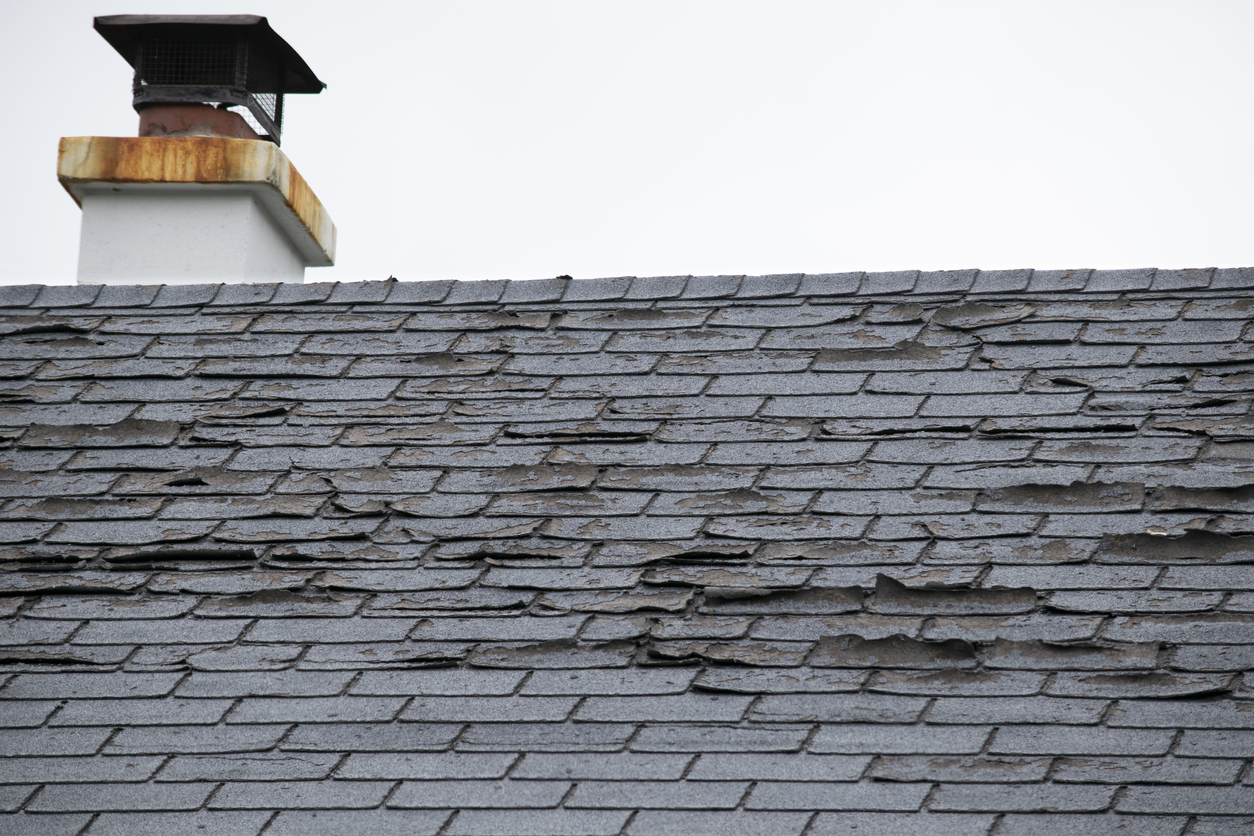You probably don’t think about the roof over your home too often, but it is one of the most important systems in your house. It keeps you and your family dry, safe, comfortable, and protected through any weather. But when there is a problem with your roof, you notice it and want to get it fixed as soon as possible—especially if it is a leak. Some leaks will require professional repairs, and others you can do on your own. Fortunately, this guide teaches you how to identify and how to repair roof leaks.
Spot a Leak
How can you tell if there is a leak in your roof? You’ll notice water stains across your ceiling and into the walls. Even small leaks can cause big problems—mold, rotted framing, and more extensive damage that requires expensive repairs. If you spot or suspect a leak, try to fix it right away to avoid further damages.
Find the Leak
Judging from where you see the water stains in your ceiling, you can estimate where the leak might be on your roof. Look slightly uphill from where you see the stains inside the house. Most leaks happen along an item that penetrates the roof, such as a vent, chimney, plumbing, dormer, etc.
If you have an attic, you may be able to find the location of the leak by looking for water stains or mold.
If you are struggling to find the leak, try soaking parts of your roof with a garden hose with someone inside the house looking for a drip to help you isolate the area. Once you have a general idea of where it might be, remove the shingles to look for discolored paper and rotted wood.
How to Repair Roof Leaks
After you’ve identified the leak and a likely cause, you can get to work and fix it. Here’s how to repair roof leaks based on what type of leak you have.
Plumbing Vent Boots
If water is entering your roof through plumbing boots, look for cracks in the base, broken seams, and rotted rubber gaskets. You need to buy a new plumbing boot and install it. If the boot is in good shape, but nails and screws are missing or rotting, replace them with rubber-washer screws for metal roofing systems. You can find any of these supplies at a home repair store. Be careful with removing shingles during this process—you don’t want to break them so they can be reinstalled when you’re done.
Roof Vents
Look for broken seams and cracked roof vents, along with missing screws. If these are damaged at all, the best solution is to replace them. Get a new vent at a home repair store, and replace the nails with rubber-washer screws.
Nail Holes
Holes and nails left behind from previous installations, such as old vents and satellite dishes, can be the source of a leak. In this case, patch the holes by putting a piece of roof flashing under the shingle and hold it in place with a bead of caulk or roof cement.
Dormers and Walls
If water is dribbling in through dormers and cracks in walls or siding, it often is coming in through cracked or poor-quality caulk. Use a knife to dig out the old caulk and replace it with higher-quality caulking. You may need to replace any cracked, damaged, or missing siding as well. Make sure to overlap the siding by at least two inches.
More Extensive Damage
Complex roof problems, such as extensive damage caused by trees, rocks, or other debris, will need to be evaluated by a professional who knows how to repair a roof leak. This is especially the case if there is a visible hole in the roof. In the meantime, cover up the area with a tarp to prevent any further damage.
If your roof has extensive damage, several leaks, or leaks often, it may be time for a new roof. Explore your roofing options with Current Home. Contact us to get started.







